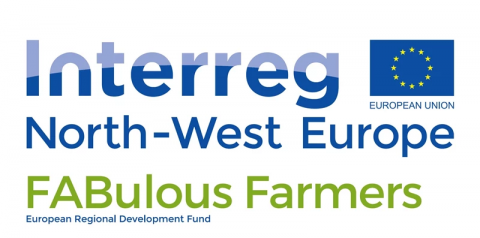We are delivering a programme of activity to support farmers in identifying and adopting relevant FAB-methods specific for their farm. These include demonstration events, networking activity and supporting and monitoring individual farmers adopting FAB-measures to enable the demonstration of measures to other farmers. The FAB measures included are:
- Crop rotation
- Mixed crops
- Field edge/margin management
- Agroforestry
- Wood edge / hedgerows
- Input of organic matter and fertiliser quality
- Green covers / catch crops
- Non-turning (minimum) tillage
Link to information on website



